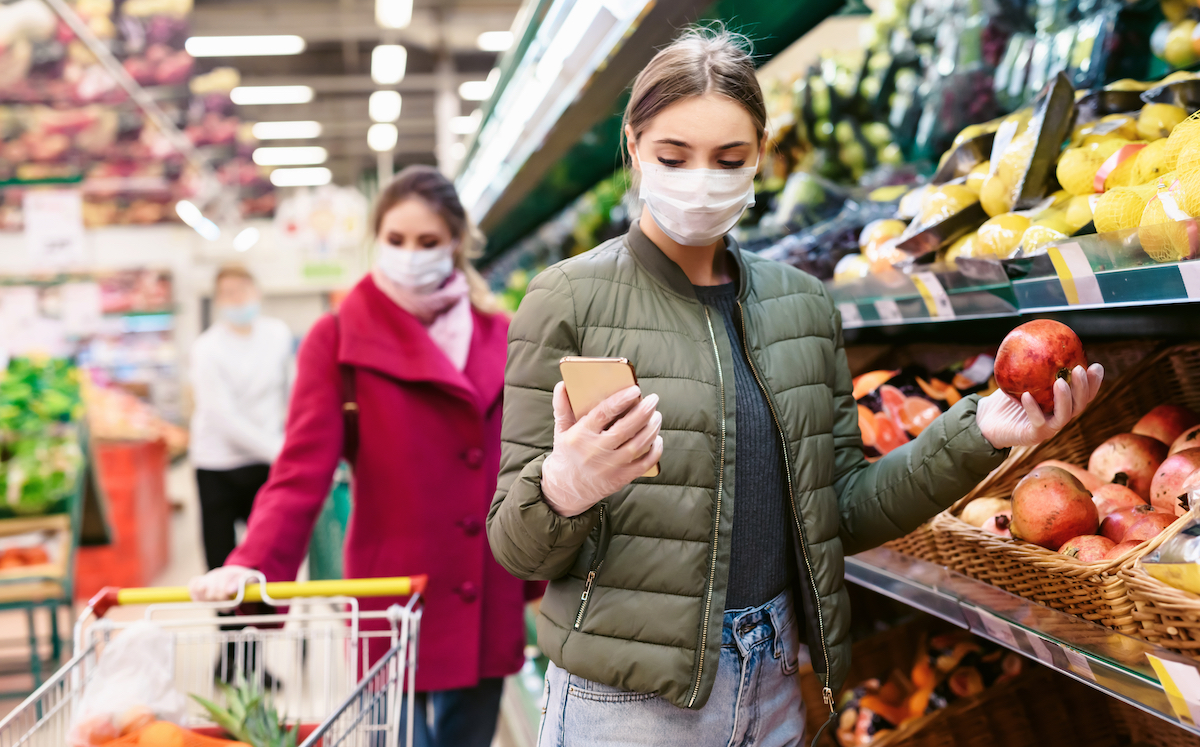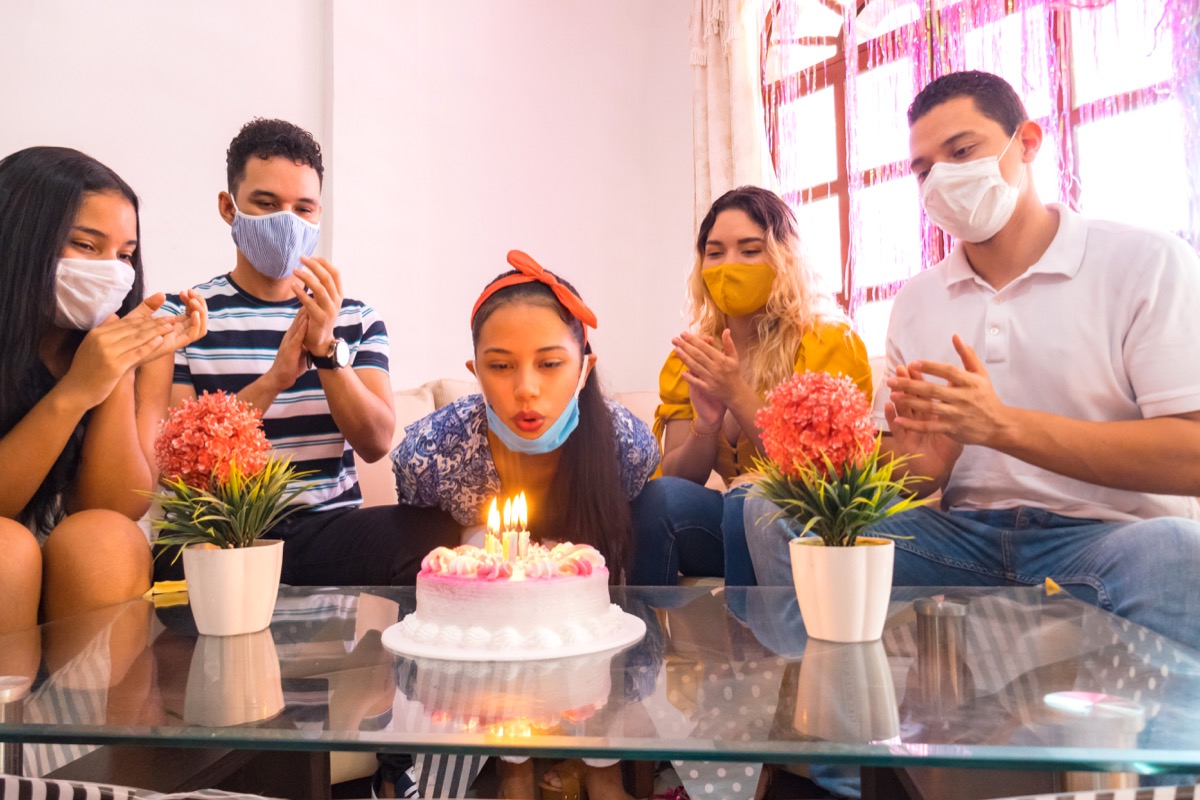Read the original article on Best Life. As COVID becomes more contagious, some of the basic activities that may have slipped back into our routines are now too dangerous to continue. “The best protection still remains avoiding contact with other people indoors, especially for a sustained period of time,” Stephen Goldstein, evolutionary virologist at the University of Utah, told Vox. But that doesn’t just mean avoiding social get-togethers or dining out with friends: it also means limiting time around strangers while doing essential everyday activities and chores to lessen your exposure time. “Shopping for five minutes in the grocery store is a lot better—six times better—than shopping for 30 minutes,” Tom Frieden, MD, former director of the Centers for Disease Control and Prevention (CDC), told Vox. “Picking up groceries at the curbside is even better, and having them delivered is even better still.” And for more on how you can stay safe, check out These 3 Things Could Prevent Almost All COVID Cases, Study Finds.ae0fcc31ae342fd3a1346ebb1f342fcb Unfortunately, the realization that a highly contagious strain is currently spreading through the U.S. means that certain activities deemed too risky in the early days of the pandemic are once again likely to be too dangerous. So long as infection rates remain high, the risk of transmission can make almost any indoor errand an exposure risk. “Maybe if I’m in New Zealand [where new virus cases have mostly hovered below 20 per day for months], I can go get a haircut,” Julie Swann, PhD, a professor at North Carolina State University who has studied COVID-19 mask effectiveness, told Vox. “But I would not go in person to get a haircut if there’s a virus that’s 50 percent more transmissible spreading where I live,” she added referring to the transmissibility of the U.K. strain. And for more on who’s susceptible, check out The CDC Says If You’re This Age, You’re Now More Likely to Catch COVID. Even though recent discoveries about mutated versions of the virus may make certain behaviors riskier, there’s actually not much that’s changed in terms of what should be avoided—namely, not being indoors with others, especially while not wearing a mask. Taking activities outside, however, is still a relatively safer option, even considering the contagious nature of the new variant. “There seems to be a bit of a fuss about needing to be more wary of transmission outdoors, but I don’t know where that has come from,” Richard Lessells, MD, a University of KwaZulu-Natal infectious disease specialist in South Africa, told Vox. “Based on the evidence, we still think risk of transmission outdoors is very substantially less than indoors, and there’s no reason to believe the new variants change that equation substantially.” And for more regular COVID news, sign up for our daily newsletter. But it doesn’t just end with avoiding being indoors with others. Ashish Jha, MD, the dean of the Brown University School of Public Health, says that one precaution that could be improved is mask quality. “High-quality masks are really important,” he said during a Jan. 8 interview with NBC. “We’ve not done much to make masks high quality—that’s something we still need to work on.” The next time you’re replacing your mask, do your research to ensure it will protect you as much as possible. And for the masks to avoid, check out The CDC Has Issued a Warning Against These 4 Face Coverings.



